TITAA #64: Claude Goes 3D
Claude 3.7 - Wan & Pika - WHODUNIT - Game Code - Search & Report - Towers
I’m afraid this is both late and has no intro article, since I had drama on Thursday and Friday (someone hit my parked car, and handling it is all in French with a side of French bureaucracy). This issue still covers a lot of ground, since we got a bunch of releases in the past 2 weeks, including a new Claude who is very good at three.js generation (earning an extra section with examples), a couple new video models, and a whole boatload of interesting games stuff that caught my eye. I hope it’s fun reading anway!
And in other news, you’ll have noted that I moved the media recs entirely out of this end of the month issue, into a separate mailing. It seemed cleaner. Feel free to drop me a note if you have an opinion on that. I’m keeping the poem here though.
TOC (will be links on the substack web page):
AI Creativity
Video News
Wan 2.1 (repo) — open source, high quality. Also supports image2video and many other things, really versatile. Can be used in Comfyui and via Fal and Replicate among others! Very good at pixel art animation (fofr X link). Here’s me animating the flying saucer image from the post on UFO data 2 weeks ago:
Pika keeps killing it… they’ve versioned to 2.2, and added more editing and mixing tools, including frame to frame transitions, swaps and additions for editing content. Here’s my first shot at joining two images from my experiments with Splicer 2 last time:
Google’s Veo 2 is in limited release via API on vertexai (Google) and via Fal API and a few others.
Looking forward to this code: Mobius: Text to Seamless Looping Video Generation via Latent Shift.
Image Gen / Tools
Instance Segmentation of Scene Sketches Using Natural Image Priors - via Dreaming Tulpa newsletter. Code coming, and wow:
Microsoft’s graphic design generation project, “ART” for multiple layer generation with transparency, has code:
A glif to generate 1970ies style scifi book covers, by Fabian. Here’s mine:
In the space of tooling, we got FLORA, the new node-based Krea-like multi-tool editor environment.
3D AI Stuff
Common Sense Machine’s Cube model is #1 on the 3D leaderboard for the moment, beating Trellis.
Sutro Tower in 3D in the browser, via a lot of splats. Fun to explore!
Space 0. Deeply weird. As in, wtf level (maybe I could’ve waited till next weird issue). I wandered over a bunch of stony hills, found a molecule and an animal, and picked them up. Then I crafted, combining “4K realistic gazelle” and “zinc.” The result was a galvanized gazelle. I couldn’t figure out what to do with it, though. I was told during this that I could ride anything I made. Ok.
I’m working in combining asparagus, a galvanized gazelle, and a carrot right now (ok, it made a “veggie sentinel” but I can’t figure out how to use these monsters I’ve made).
RigAnything: Template-Free Autoregressive Rigging for Diverse 3D Assets — via DreamingTulpa. (Research demo soon.)
Misc Web, Procgen, WebGames
MOAT — Museum of All Things by Maya Claire. Via many, and so good. A Godot engine 3d gallery of Wikipedia articles and images, infinitely wandering— which requires a download but runs on most platforms, including supporting VR. Really well done. You can see the source Wikipedia pages too. Beware the clown section.
⭐️ Cruising through artworks in 3d, an X link via Dreaming Tulpa. Evidently the artist is MedelFPV and he is doing Youtube how-to’s. Yet another starry night in 3d, and some Dali.
Styscraper 🐷🏗️ porcine physics game — via Matt Muir. A webgame where you build a tower of junk and try to rise high above the muck. You drag items onto a platform, stack them, and then place a pig to measure the height of your tower. Lol.
Bracket City webgame. This is fun. Start filling in the words for the yellow items to solve the text puzzle.
Fractal editing in ai programming tool v0 by one-line animated shader dude Yohei Nishitsuj, an example. You can click on the various versions to show them live. Edit update: I forgot to include his Codrops article.
Art with a Blender Python Script — via Chris Ried. A pretty complicated tutorial video, tbh.
⭐️ Okay, this is weird… 3D words, where you have to turn them to see the two of them. Also via Chris Ried. It’s not totally successful with all fonts, but it’s pretty fun and you can export files.
Spacetime maps — redo the layout by travel time, kind of. It’s a neat visual effect, anyway.
Games Links
TypeScript types can run DOOM - article by Simon Willison, recapping Dimitri Mitropoulos spending a year getting DOOM to run using the TypeScript compiler. It takes a long time to render the first frame of DOOM, but hey, hackery.
The Ink Console — a device that briefly made a sneery splash (among many game writers I follow who suggested it ignored all existing prior art and tooling), intended to be for playing interactive fiction games on an e-ink display with dedicated hardware controls. Then it was retracted as the poster suggested it was bought/or being funded by someone? Mysterious. (A good recap piece by Zarf/Andrew Plotkin with other links.)
Electronic Arts release code for Command and Conquer games. Let the hacks begin here!
Prologue: Go Wayback! on Steam: A single-player, open-world survival game set in an unknown landscape partly generated by machine learning: “it's a game about finding a radio tower on a 64km2 map, generated based on a mix of in-house art and public access landscape data fed through the developer's in-house machine learning technology.” The RPS take on it is mixed, with a trailing-off tiring report of web 3 crypto, Ready Player One-ism, etc. But I’m into the open worldish stuff, for the moment.
Kingdom Come: Deliverance II — Comparing locations in the game with their real-life counterparts in the Czech Republic. Pretty cool.
Fireside Chat w/ the famous Emily Short via Destina Connor (Feb 2025) in London. I have not yet listened despite friends.
All Work and No Play article: “Video games, like any creative product, reflect and refract the conditions of their production. Today, what they most resemble is twenty-first-century work.” Lots to digest and recognize, since it covers capitalism and grinding in games, the conflict between art creation and money making, labor issues in the industry (i.e., mass layoffs). Via Stephen Totilo’s nl. Makes a good transition to this:
Elden Ring or Tenure-Track Professor? McSweeny’s, h/t Maria Antoniak. “Hours spent completing a task are rewarded with meaningless feedback and unhelpful awards. The rush of excitement upon achieving a long-sought goal is followed by the crippling realization that what you achieved doesn’t actually matter.” I don’t work in academia anymore, but was still ouched.
A couple itch recs from friends that are on my list:
A Good Snowman Is Hard To Build by Draknek & Friends, Benjamin Davis
”Pay what the temperature is: 1.8°C = $1.80!” So get it this winter (via Thinky Games folks and Mike Cook). On my todo list.Type Help by William Rous — on itch, rec’d by several game writer friends (here’s a great post from Zarf/Andrew Plotkin about it). Type Help is a puzzle-mystery game where you investigate files on an old computer to solve the gruesome story of Galley House. (Logic-puzzle-like and database sorting, related to games like Her Story, Obra Dinn, etc.)
AI Games Things
Advancing game ideation with Muse: the first World and Human Action Model (WHAM) (model card) — The Microsoft world model game thing that got a lot of press and discourse (till the next day’s discourse). Game academic Mike Cook among others have responded to this, e.g., Eurogamer (“Microsoft's generative AI model Muse isn't creating games - and it's certainly not going to solve game preservation, expert says”) and Stephen Totilo (“Microsoft’s divisive new gaming AI uses years of players’ gameplay data”). I guess the best take is that the WHAM model allows game developers to try out some “what if” scenarios, in keeping with existing historical gameplay records, faster than coding by hand.
AI and Games Conference videos - Videos from the AI & Games conference Tommy Thompson organized last year (which sold out almost immediately, he’s working on a bigger venue next time).
Cardiverse: Harnessing LLMs for Novel Card Game Prototyping — generating novel card games!
Example Game/Toy Gen with Claude 3.7
New Claude (see Data Science section below) is really good at three.js. It’s also excelling at web dev benchmarks in general. Just a few of this week’s examples of people’s prompt work with Claude:
That levelsio guy made a multiplayer flight simulator using new Claude’s help (Pieter.com Flight Simulator 2025). I’m impressed I got off the ground, given the mob scene at the starting runway.
Evan Jones had Claude make a 17th century ship battle simulator in three.js. (x link).
WebSim posted on X: “Upload an image and turn it into a 3d map that you can navigate in first person. Made in very few prompts with Claude 3.7 Sonnet by Noxy!” Try it here. This was one of mine, after I hit space enough to get out of the towering tree pixels:
A 3D city generated by Claude one shot, that runs in Codepen. With little moving cars and people.
And here’s a driving simulator (X).
Claude playing pokemon live on Twitch was a hit this past week. Even when he got stuck in a corner for hours.
Narrative Gen
Pastiche Novel Generation Creating: Fan Fiction You Love in Your Favorite Author's Style | Semantic Scholar. “WriterAgent, a novel generation system designed to master the core aspects of literary pastiche, and evaluates it on multilingual classics like Harry Potter and Dream of the Red Chamber, demonstrating its superiority over baselines in capturing the target author’s settings, character dynamics, and writing style.”
⭐️ Aaron A. Reed released the source code for his procedural gen novel Subcutanean. The book is very good, at least my version is.
WHODUNIT: Evaluation benchmark for culprit detection in mystery stories — Dataset designed to test how well large language models can use deductive reasoning to identify culprits in mystery stories. It also looks at how different prompting styles and character name changes affect the accuracy of these models (hint: not as well).
Lech Mazur’s Creative Writing story benchmark (x link) currently has R1 and Claude 3.7 at the top.
Data Science, Data Vis, NLP
Claude 3.7 and various tools are the best news of the past couple weeks: read here, Claude 3.7 Sonnet and Claude Code from Anthropic. (I am ignoring models from XAi for reasons of taste, and am not impressed by the pricing of OpenAI these days, so also not paying attention to GPT 4.5—which isn’t testing super well anyway.)
Good piece from Max Wolf: The Best Way to Use Text Embeddings Portably is With Parquet and Polars.
A great-looking OCR lib/tool from AllenAI: olmOCR – Open-Source OCR for Accurate Document Conversion.
ModernBERT wasn’t enough, there’s also NeoBERT: A Next-Generation BERT.
The Reinforcement Learning with Human Feedback (rlhf) book — by Nathan Lambert. Good tutorial material in progress.
PaliGemma 2 Mix - New Instruction Vision Language Models by Google. A definite improvement.
Perplexity’s R1 model (link to HF), post-trained to remove the Chinese Communist Party censorship element. Also, did I cover Perplexity’s Sonar search api tooling? So useful.
Introducing Elicit Reports — Another deep search but aimed at academic research, I believe. Not sure if they have access to the full paywalled text? “Fully-automated research overviews for actual researchers, inspired by systematic reviews.” They have added a free plan, so you can take it for a spin.
Data vis tidbits:
Visualizing all the books in ISBN Space — via Waxy, a giant zoomy vis, with map tiles with data about the books, then rendering them using GLSL shaders. ISBN isn’t particularly interesting as a space? But this is a bit educational.
Popular Data Viz, a site collection from Moritz Stefaner, who asked for people to suggest vis that went viral.
Animating R1’s thoughts in little connected scatterplot gifs. Runnable code to play with.
A Poem
what the birds know is the way home it begins with a door that cannot find its own name the bird who stitches together the last sky must sing the name into existence and the door opens into the burning of the world through the door we find each other and in the wholeness the birds collective rupture into species being the last sky world burn sings itself into our feet soles imbued with prophecy of dirt good lord last sky world burn there is something beyond you the birds are taking us to find it you are singing the door open for us and through it streams the flood of the people the feet of the flood of the people burn the world as they run the last sky world burn is desperate to open the door for us there are birds making treaties with the sky to facilitate its arrival there are feet conspiring with the land to ensure the world burn is total last sky will empty itself of airplanes and war jets to make room for our spirits the last sky world burn is a sketch of a coming dream it is our duty to believe in its inevitable birth the last sky world burn asks a question it is our responsibility to make the answer
Stay safe and sane,
Best, Lynn (@arnicas on mostly bluesky, ex twitter, mastodon).

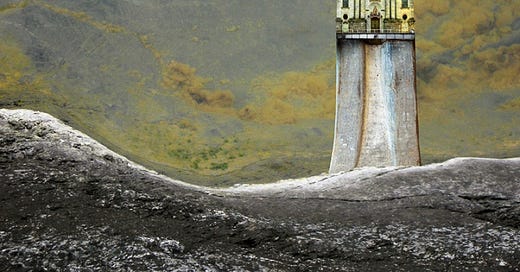



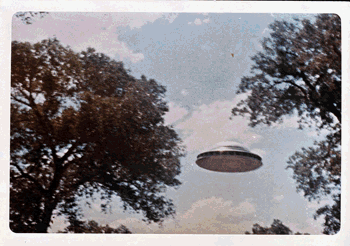
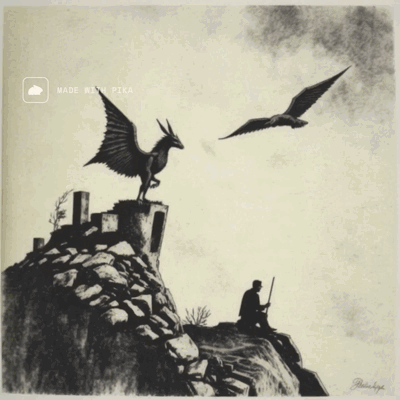


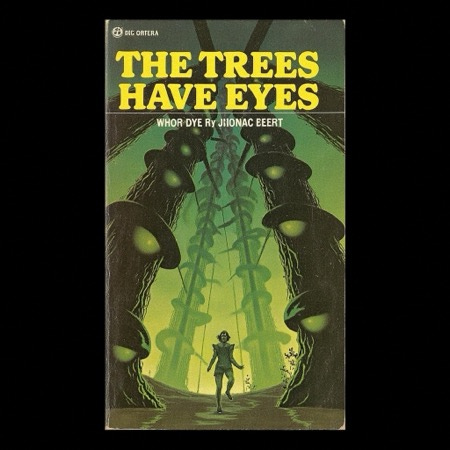


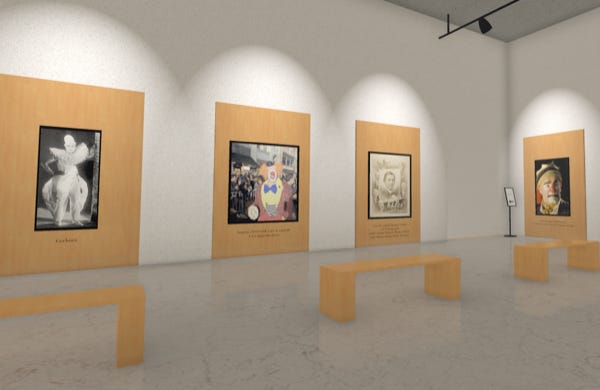








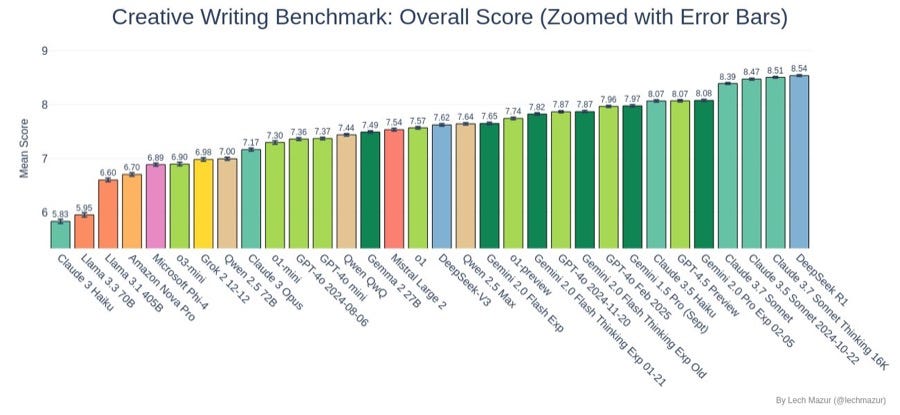
I really enjoy the poems you choose and this one was so good I had to share it with friends. Hope you're well and your car situation is sorted.